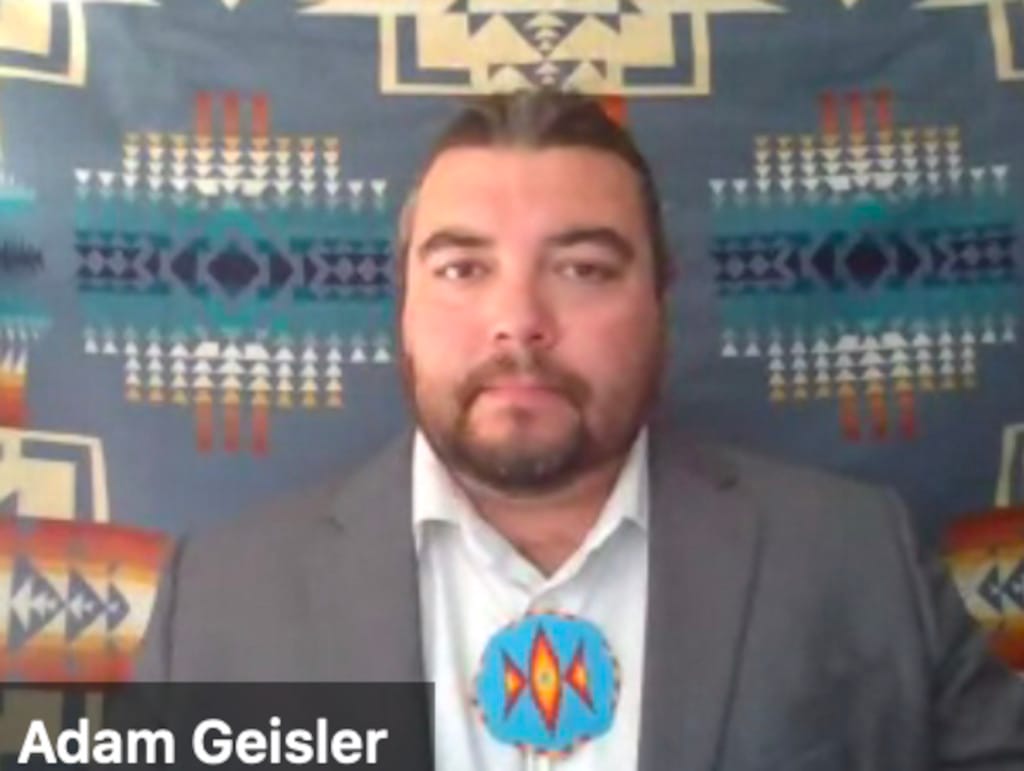Tribal Ready COO Adam Geisler Addresses Importance of Data Sovereignty to Tribes
The federal government has failed to uphold its trust responsibility to provide health, safety and welfare to Native American tribes.

WASHINGTON, November 20, 2023 – A tribal broadband leader said Friday the federal government has failed to uphold its trust responsibility to provide health, safety and welfare to Native American tribes, speaking at an event in the broadband community on Friday.
The leader, Adam Geisler, president and chief operating officer of Tribal Ready, said that the digital divide persisted on tribal lands partly because federal agencies and internet providers haven’t met funding and deployment obligations.
In the “Ask Me Anything” event, Geisler, a member of the La Jolla Band of Luiseño Indians, discussed his journey from being tribal leader to a division chief for tribal broadband connectivity at the National Telecommunications and Information Administration, and eventually to his role at Tribal Ready.
Geisler emphasized the importance of understanding tribal sovereignty, which he described as the ability of tribes to govern their people, lands, and processes. He highlighted the unique political standing of tribes in the United States and their relationship with the federal government.
One critical aspect of this is the importance of tribal data sovereignty, which involves control over the collection, access, and use of data related to tribes.
In addition to the federal government’s failure to uphold its trust responsibilities, industry broadband has had shortcomings despite being subsidized. Federal funding alone will not close the digital divide without policy and statute revisions for flexibility and practical application, he said.
Geisler also touched on the successful allocation of the 2.5 GigaHertz (GHz) band of spectrum to tribes, viewing it as a step in the right direction but insufficient in fully addressing connectivity needs.
He advocated for a mixed-technology approach to broadband solutions, recognizing that different technologies like fiber, wireless, and satellite can complement each other to provide comprehensive coverage.









Member discussion